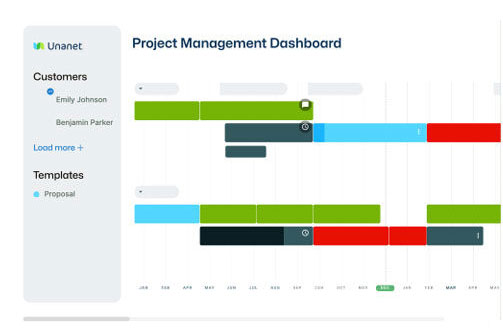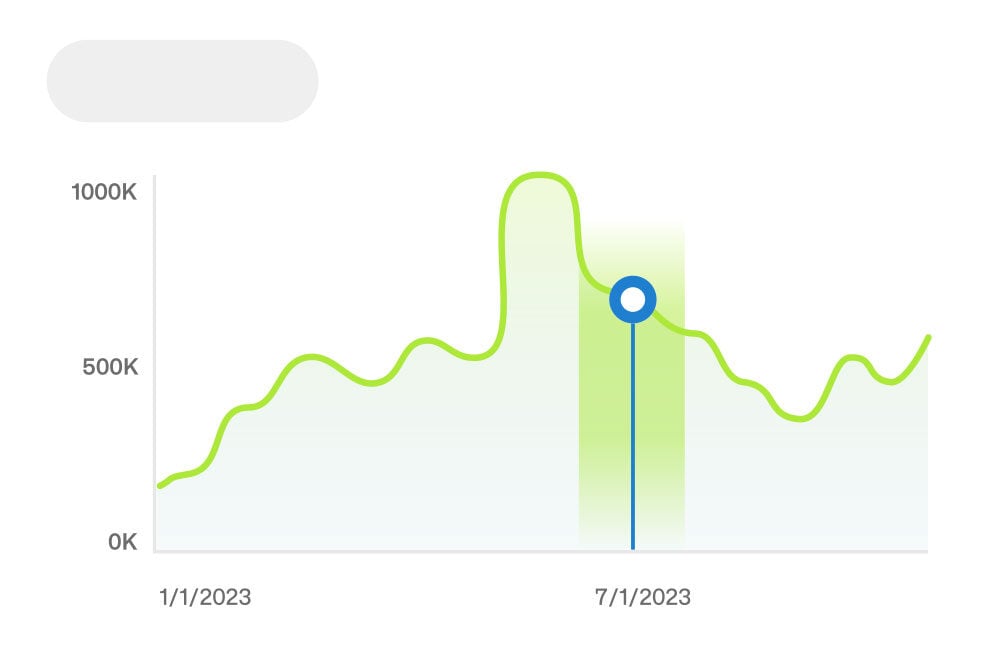AEC industry trends and insights: Key data, emerging challenges, and opportunities
Exploring the 2025 AEC Inspire Report
The architecture, engineering, and construction (AEC) industry is moving forward with energy and optimism. Firms are navigating complex market conditions with a renewed focus on talent, technology, and smarter business development.
The 2025 AEC Inspire Report, based on insights from over 300 industry leaders, brings clarity to what is working in the industry today and where the greatest opportunities lie.
Key findings: Bright spots and benchmarks
-
77% of AEC firms have an optimistic outlook about the industry’s direction
-
Talent acquisition is a high priority for leaders looking to build strong, resilient teams
-
Half of firms are working to improve adoption of resource management tools, unlocking more potential with every step
-
On average, firms win half of their bids and deliver two out of three projects on or ahead of schedule
-
Most firms are data-driven, but many still see opportunities to improve how they use and integrate data
The evolving talent landscape
AEC firms are investing in people and building new pathways for growth. Leaders see the next generation as essential to the industry’s future, with an average workforce age of 41 and new leaders emerging across organizations.
Attracting and retaining talent is a top priority, and companies are responding with stronger training programs, formalized career paths, and succession planning. Nearly two-thirds have plans in place for key positions, helping ensure continuity and progress.
Engagement is also rising for younger professionals. Nearly two-thirds of firms recognize the value of career development for those under 30, and most point to fair compensation and work-life balance as vital for retention.
AEC Industry Survey Respondents
AEC by the numbers
Business development: Competing with confidence
Firms across the AEC industry remain confident in their ability to win new business. The average firm submitted 415 proposals last year and won about half.
More organizations are moving toward structured processes and increased use of technology to support business development. Nearly half of firms are focusing on improving the adoption and effectiveness of their tools. The shift toward formalized Go/No-Go processes is gaining momentum, making it easier to pursue the right opportunities.
Firms that are investing in data integration and more consistent practices are seeing stronger results and are better positioned to respond to changes in the market.
Resource management: Building capacity for growth
Resource management is gaining attention as leaders look to strengthen planning and execution. While some firms are still developing their capabilities, most are satisfied with their resource management systems. Firms are prioritizing forecasting, real-time tracking, and greater integration, helping to improve visibility and decision-making.
Training and professional development are key focus areas. About 60% of leaders see enhanced training as a path to stronger performance, while half highlight better planning, forecasting, and collaboration tools as next steps.
These improvements are enabling AEC firms to match resources to projects more effectively and drive better outcomes for clients and teams.
Firms are improving visibility and decision-making with:
-
Better forecasting
-
Real-time tracking
-
Greater integration
Project management: Delivering quality work
Project management in AEC firms is maturing, with more than 85% of organizations rating themselves as “somewhat” or “very” mature in their practices. Forecasting project costs, schedules, and resource needs remains a focus for ongoing improvement.
The connection between project planning and resource management continues to strengthen. Firms are using data more actively to inform their decisions, supporting better on-time and on-budget performance. As a result, firms are delivering high-quality projects that meet client expectations and advance their reputation for excellence.

Finance and technology: Harnessing the power of data
Leaders in the AEC industry are embracing new technology and better data to drive performance. Forecasting and integration are now top priorities for finance teams. Nearly 80% of firms report that their technology systems are at least partially integrated, and adoption of artificial intelligence is increasing. Just over half of firms are using AI in some way, mainly to support business development and IT.
Firms are also building a more data-driven culture. The majority are confident in the quality of their data, and most are taking steps to overcome remaining barriers in data access, integration, and adoption.

Looking ahead: Proactive strategies for a strong future
The 2025 AEC Inspire Report shows a clear path forward for firms that are ready to lead.
Success in today’s AEC landscape comes from planning ahead, investing in people, and leveraging technology to create real visibility across the business. Firms that connect business development, resource management, and project management are creating new opportunities for growth and building teams that deliver quality work with confidence.
Download the 2025 Inspire Report
Download the 2025 Inspire Report for a comprehensive look at the key trends and data shaping the future of the AEC industry.
